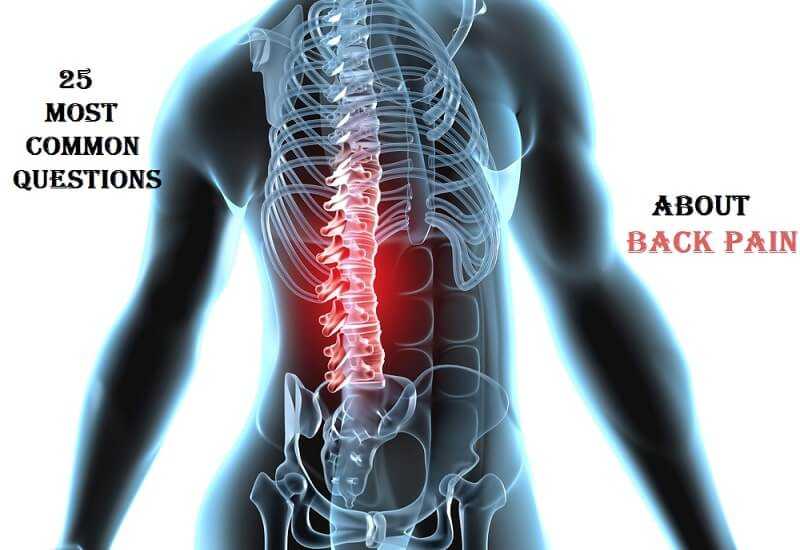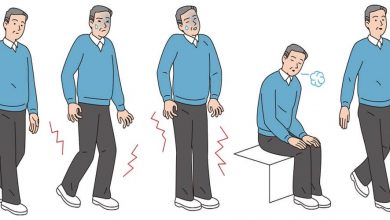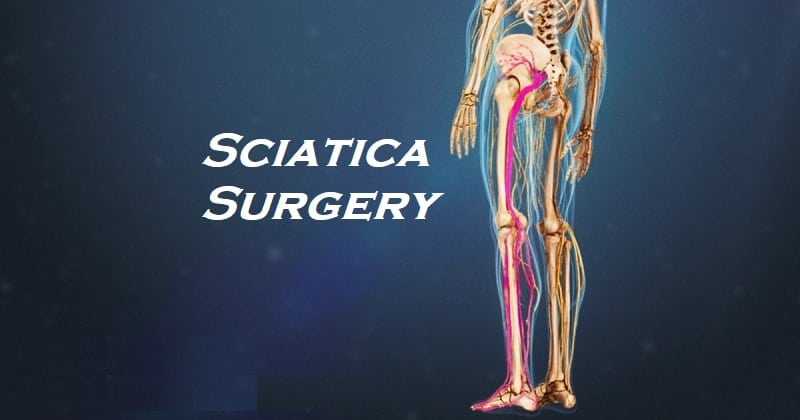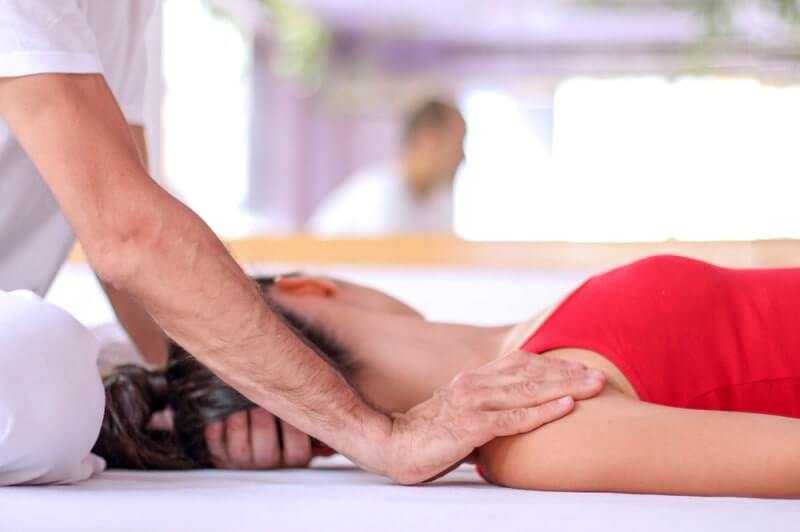Is physical therapy good for sciatic nerve pain ?
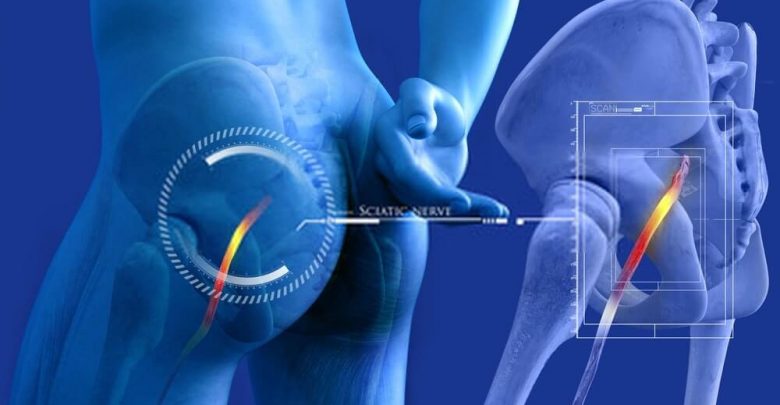
Physical Therapy for Sciatica
Before starting any treatment or therapy for sciatica or any other painful condition, it is important that you have your condition properly diagnosed by a doctor. You need to be certain that you are receiving the correct and most appropriate treatment.

Physical Therapy for sciatica has proven to give great pain relief to many sciatica sufferers; there are several different types of treatment that a physical therapist can use to relieve the pain and other symptoms of sciatica, some of which you can use yourself at home.
Many doctors will treat sciatica patients with short-term rest, anti-inflammatory or analgesic medication before referring the patient to a physical therapist. This allows the initial injury to subside a little before therapy begins.
It has been shown, however, that exercise and activity is more effective at relieving the pain and symptoms of sciatica than extended rest. Resting for a short while immediately after the pain occurs is helpful for getting the severity of the pain under control, but then gentle movement and slow walking will be more beneficial.
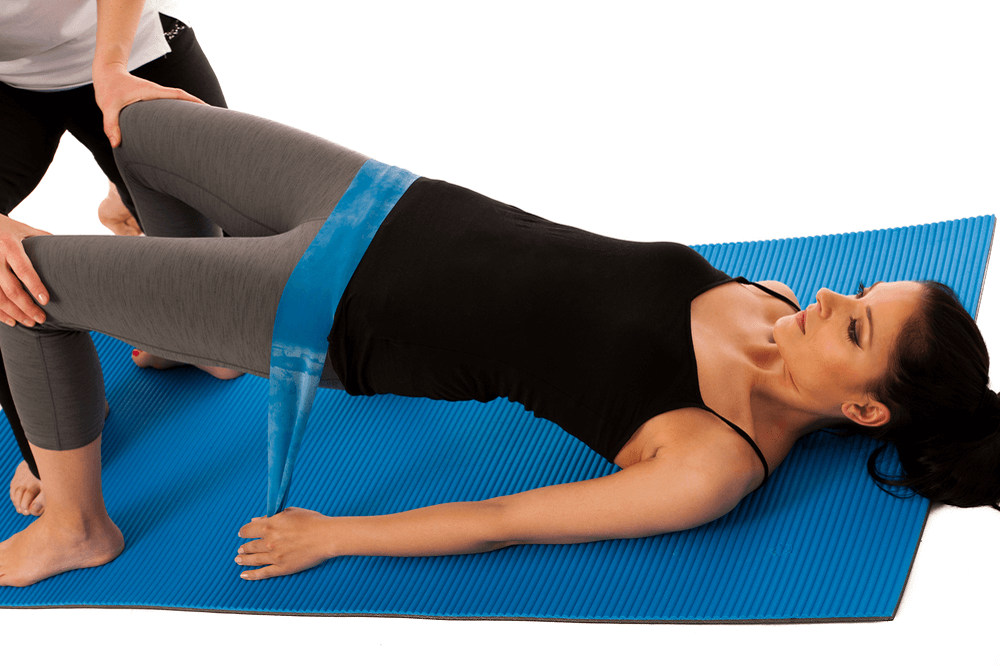
Different types of physical therapy include:
Heat packs
When you go to a physiotherapist, the first thing they may do is apply heat packs to the area where you are feeling pain. The reason for this is two-fold. Firstly, the heat increases the flow of blood to the area and this helps to relieve the pain. Secondly, the heat relaxes muscles that are tight or in spasm which relieves pain but also prepares these muscles for further treatment like exercise or massage.

Cold compress
Application of an ice pack to a painful area acts like an analgesic by controlling any inflammation that may be present. Cold compresses are particularly helpful when applied soon after the injury occurred or the pain started. They are also effective at the end of a physical therapy session to ease any pain or irritation that may have been caused by the treatment.
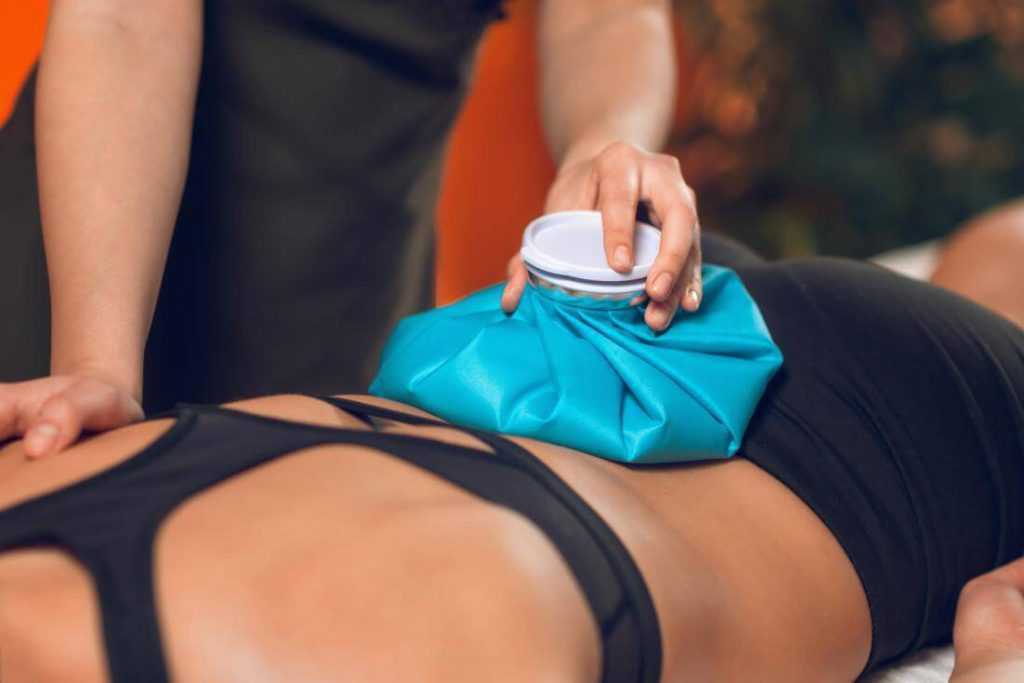
Massage
Physical therapists will often perform deep massage to release tense or tight muscles. While this can be painful at the time, it is a good way to release pressure and relieve pain. Deep massage is more effective if the area has been warmed by heat packs first.
Ultrasound
This technique is used widely by physical therapists now as a more effective method of warming tissue than applying heat packs. The increased blood flow induced by the treatment helps to promote more rapid healing, eliminate scar tissue and reduce inflammation.
Exercises
Targeted exercises are used by physiotherapists to strengthen weak muscles and stretch shortened ones. The therapist will show you how the exercise is performed and then watch you to ensure that you are doing them correctly. You will probably be encouraged to do the exercises at home on a daily basis.
The aim of therapeutic exercises is to strengthen your core muscles and help your body regain normal balance and good posture. Both of these strategies will help to relieve sciatica pain in the short and long-term and reduce the incidence of further injury.
The exact sciatica exercises you are given will be determined by the cause of your sciatica, but generally they fall into three main categories. Core muscle strength is achieved by strengthening the abdominal group of muscle in the front and the muscles attached to the spine at the back.
Stretching focuses on the hamstring muscles in the back of the thigh, the quadriceps in the front of the thigh and the muscles of the neck and lower back which become shortened with poor posture. Aerobic exercise will be encouraged to improve the over-all fitness and general health and possibly to help maintain an ideal body weight. For aerobic exercise to be effective it needs to be strong enough to cause you to be slightly breathless and to increase your heart rate.
Physical therapy is an effective sciatica treatment for the relief of pain and other symptoms.

